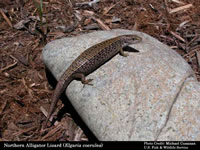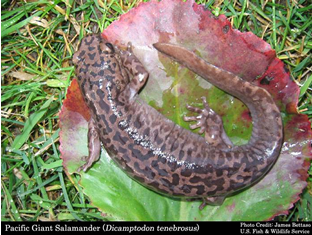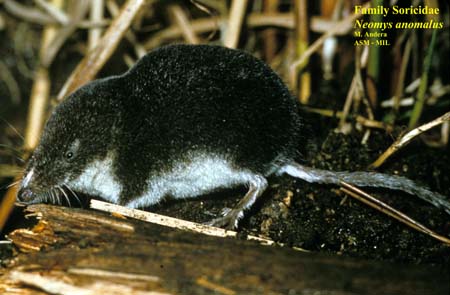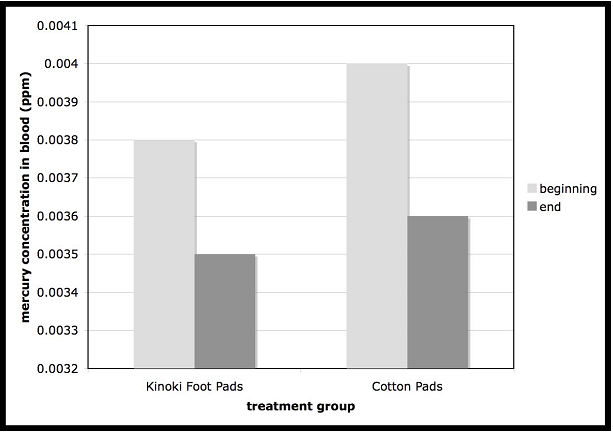
Preview
Material for Exam 1 - Spring 2008
Print
the PDF version (no pictures, better printing)
A lizard and a small rodent of equal mass are placed at a temperature below the thermal neutral zone of the rodent (5ºC) during a simple experiment on thermoregulation. The scientist measures the metabolic rate of both organisms in ml O2 consumed/minute. Unknown to the scientist, there is a leak in the chamber allowing in carbon monoxide, a gas that binds with hemoglobin preventing the blood cells from carrying oxygen, from a nearby heat exhaust.
 source
source
source
A father and his six-year old son took a hike in a mountainous wilderness. During the windy, cold (38ºF) night they sat on a rock (50ºF) by a bonfire and tried to warm up (their body temperature was 98.6ºF). To get to their bonfire spot, the boy and his father had to make a long, strenuous hike up the mountain.
 source
sourceYou are working in a laboratory studying the effect of various cancer drugs on mammalian cells. You are using an in vitro (laboratory/test tube) model in which human cells are grown in culture vessels. You are investigating whether a new drug, “compound X”, is toxic to the cells, and if so, at what levels. The cells can be grown in an isotonic medium containing 5% NaCl (salt), supplemented with 10% Growth Factor, and grown at either 34°C or 37°C. Even though these cells have a mammalian origin, they have been removed from the normal temperature feedback loop and no longer regulate their own temperature.
One day, another student in the lab prepares the growth medium with 3% NaCl (salt) and you place it on your cells to get ready for an upcoming experiment. Shortly after adding this medium, you look at your cells in the microscope and notice that they have become rounded in appearance (swollen) as opposed to their normally flattened shape.
Your experiments reveal that compound X is a metabolic inhibitor that produces pores (holes) in the inner membrane of mitochondria, eventually resulting in cell death.
The Coastal Pacific Giant Salamander (Dicamptodon tenebrosus) is the largest terrestrial salamander found in the United States and Canada, occasionally reaching lengths of 14 inches (35 cm) including the tail. These amphibians occur in or near cold freshwater streams and mountain lakes in damp forests along the coast in northern California, Oregon, and Washington. Adults lay their eggs in the cold water and the young hatch after about 6 months. Hatchlings are typically 3 cm long and spend most of their time underwater foraging for food. Young salamanders grow slowly due to the cold water temperatures and typically do not reach their adult size for several seasons. These salamanders have a variety of potential predators, including weasels, mink, mergansers, river otters, water shrews, and trout. Unfortunately, Coastal Pacific Giant Salamanders are suffering from severe population decline. Some experts attribute the population decline to human industrial development within salamander habitat.
 source
source source
sourceRelative to ocean water (about 1.6% solution), “fresh” water contains a much lower concentration of dissolved ions and salts (about 0.3% solution). The concentration of dissolved ions and salts in the bloodstream of most fish and other vertebrates (about 0.9% solution) tends to fall somewhere between the two extremes.
As seen on TV: “Are you poisoning yourself with unavoidable toxins from the food, water, and air you breathe?” So begins the pitch for “Kinoki Detox Foot Pads,” a product that allegedly pulls “toxins” from the body through the soles of the feet. The advertisement claims that, for $19.95, one can enjoy a healthier life as the Kinoki Foot Pads use “tree extracts” and “negative ions” to purge the body of such nasty things as “heavy metals,” “microscopic parasites,” “chemicals,” and “cellulite.”
A researcher suspects the foot pads to be a scam, so she designs the following experiment: She enlists 20 volunteers, 18-24 years old, who agree to strictly adhere to a standardized diet provided by the researcher for a two-week period. She assigns the volunteers to two groups: Group 1 wears the Kinoki Detox Foot Pads every night as advertised for two weeks; Group 2 wears a simple cotton pad the same size and shape as the Kinoki Foot Pads. The researcher takes a blood sample from each volunteer at the start and the end of the study, and looks for changes in mercury, arsenic, and lead.
At the conclusion of her study, the researcher summarized a portion of her analysis in a figure
 source
source
 source
source
